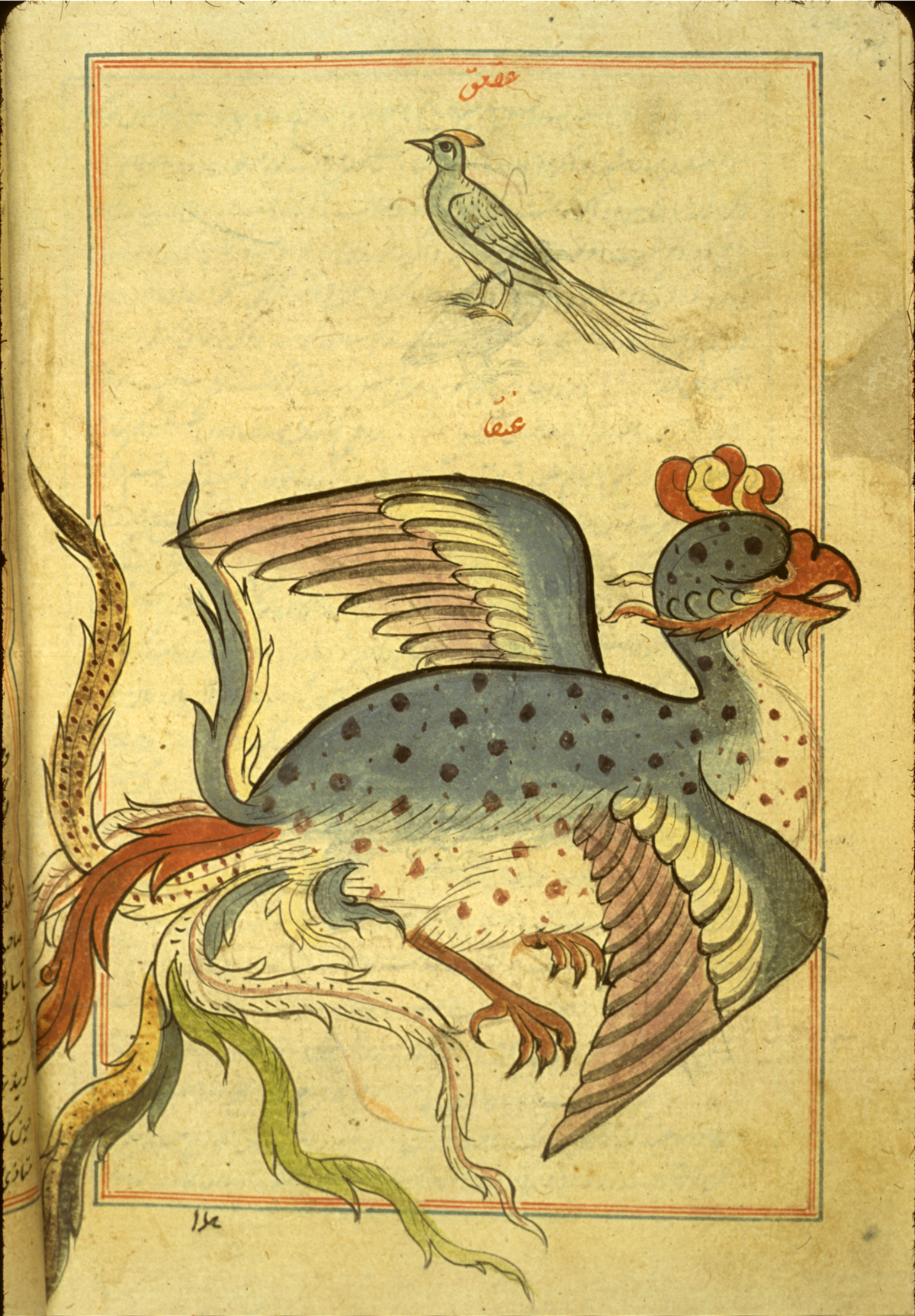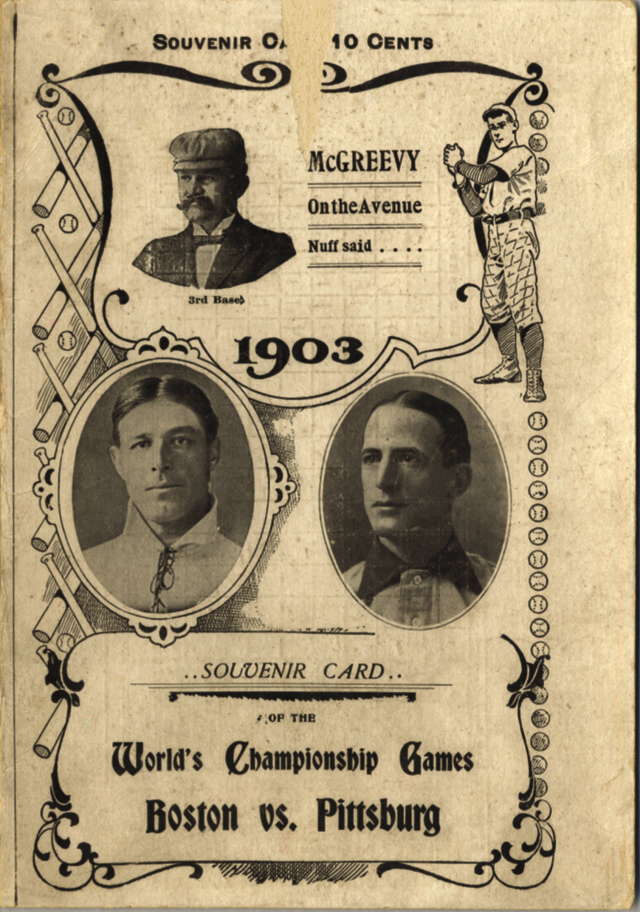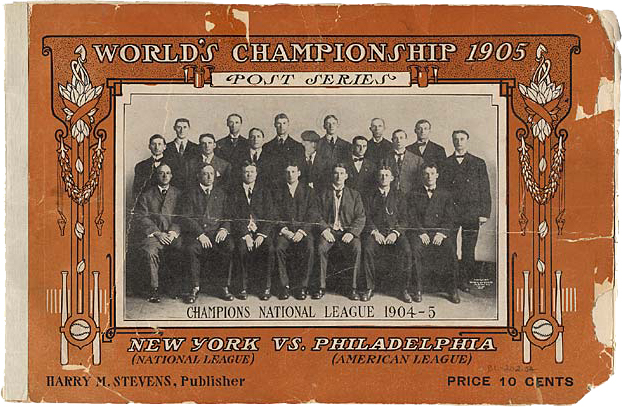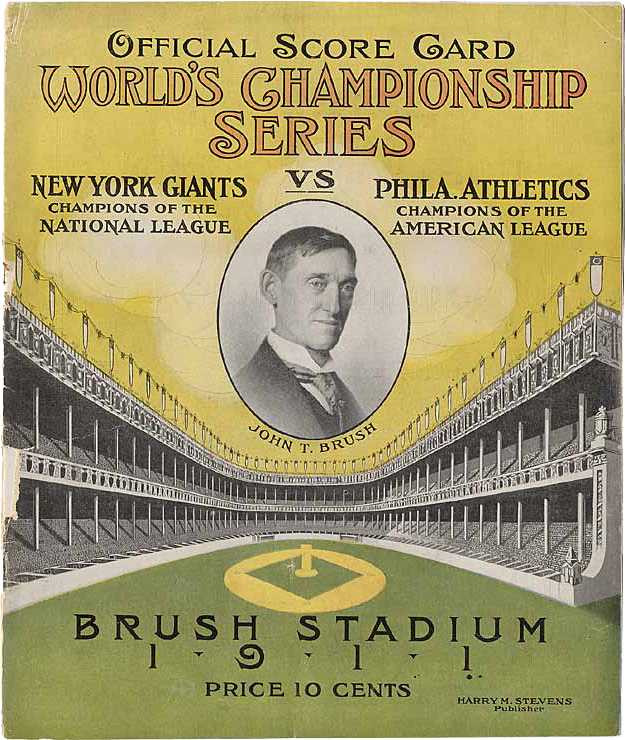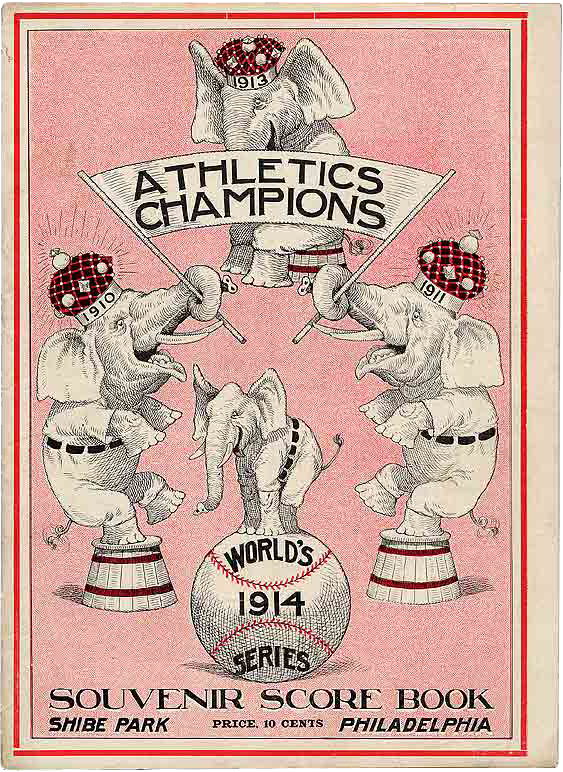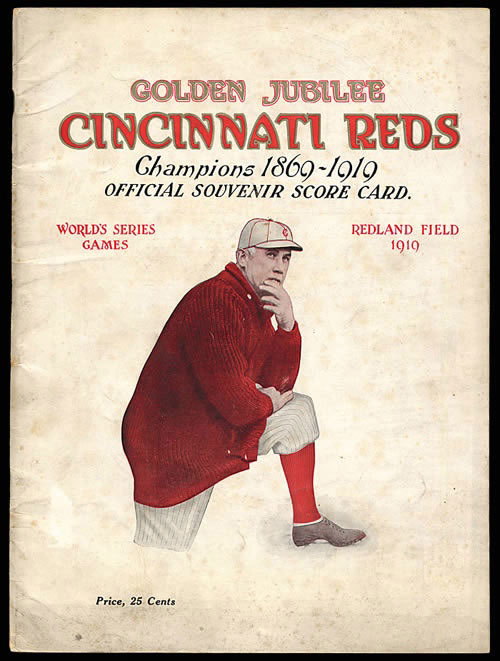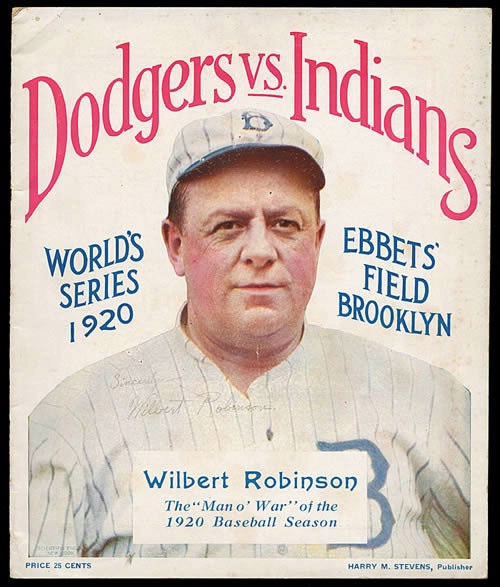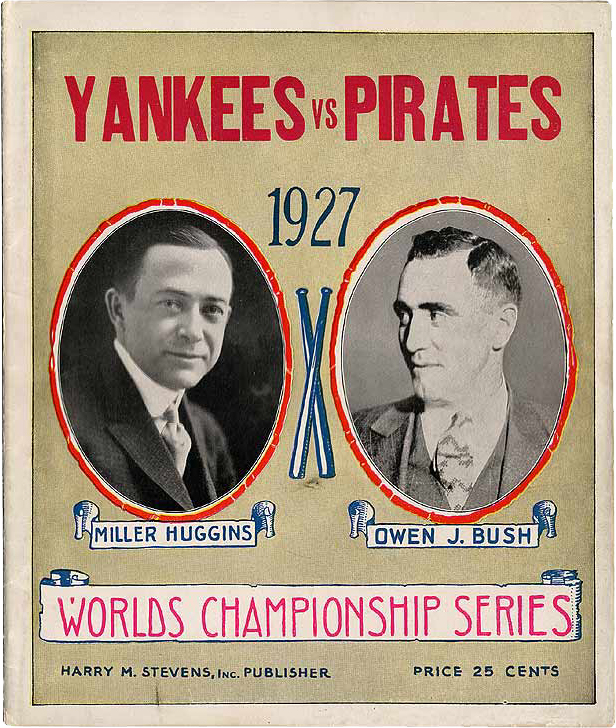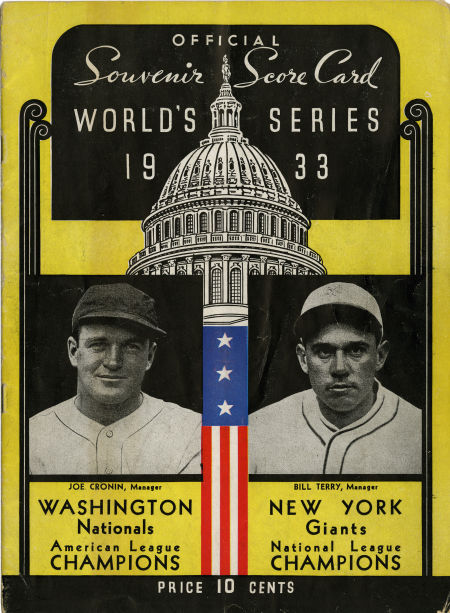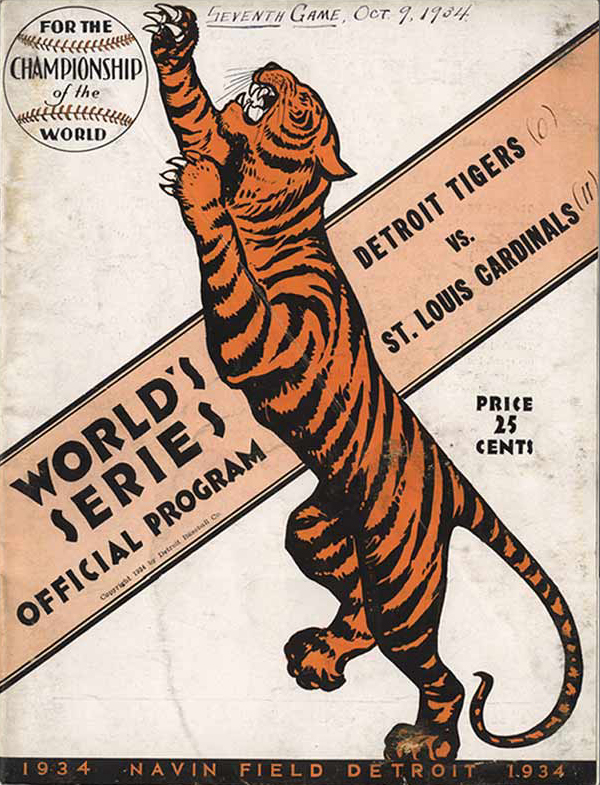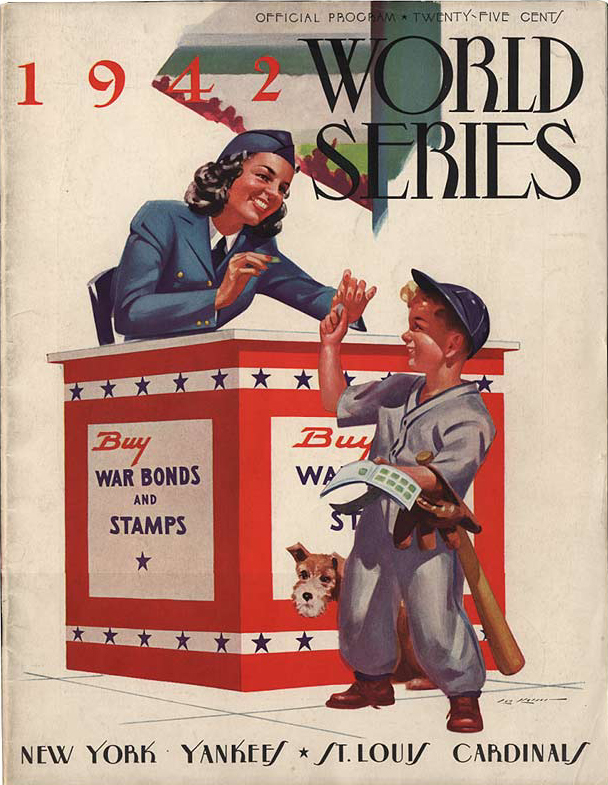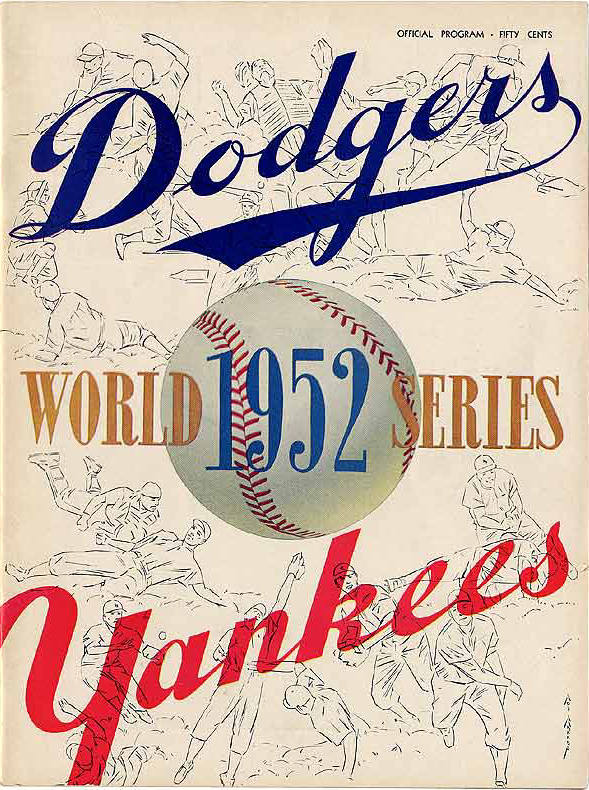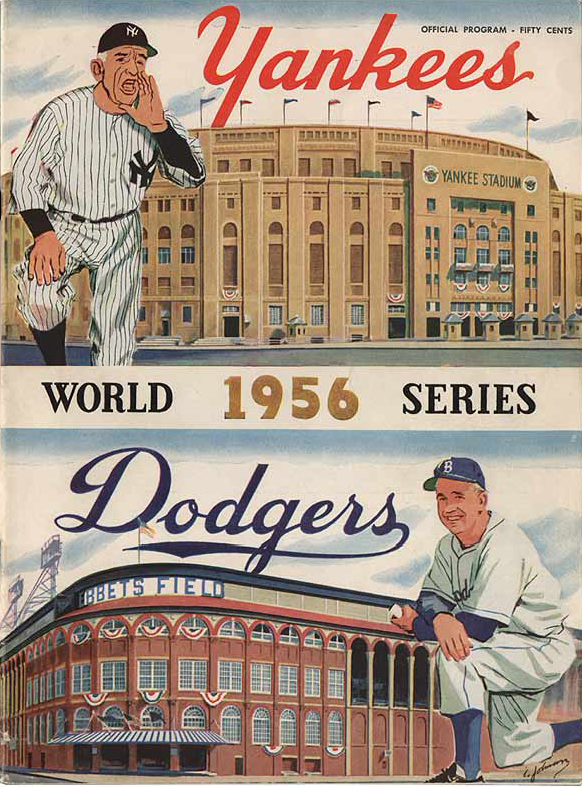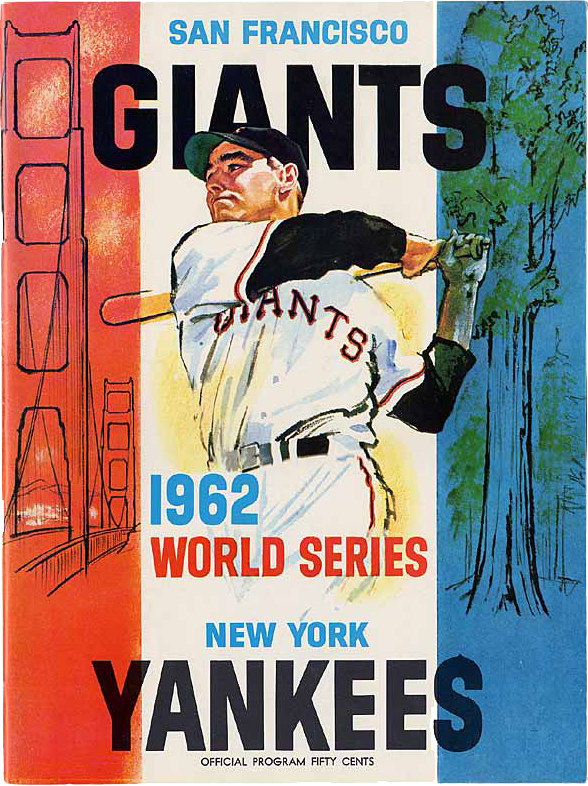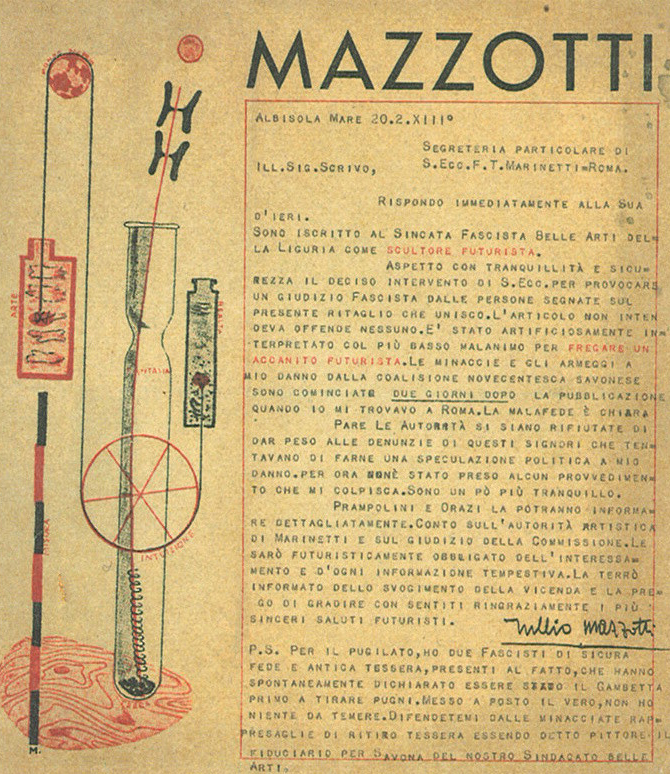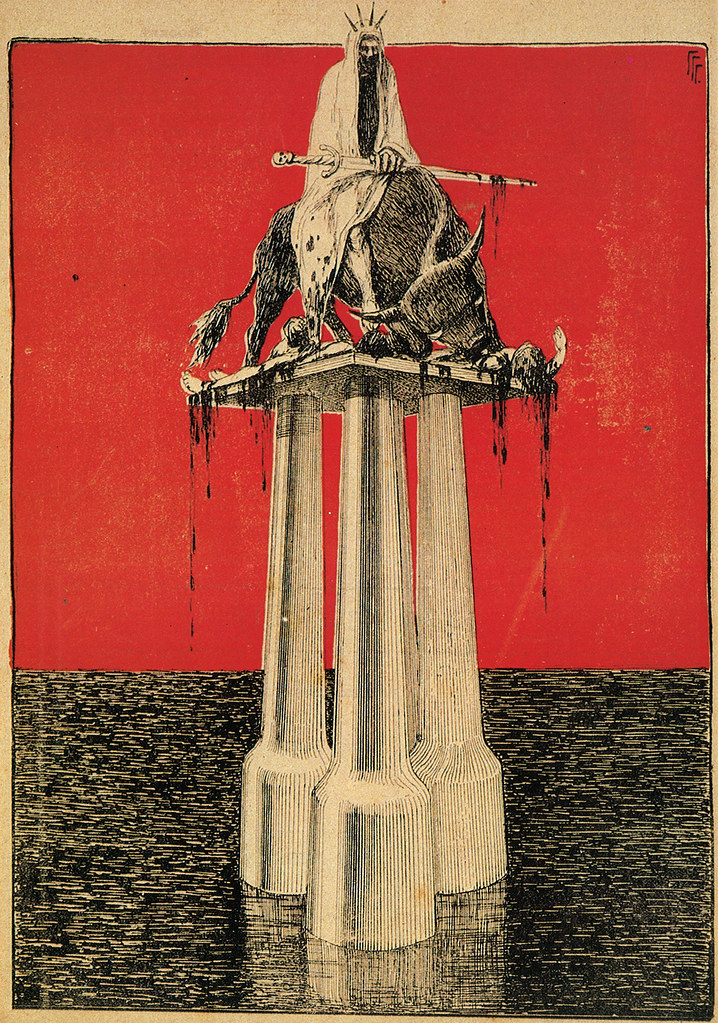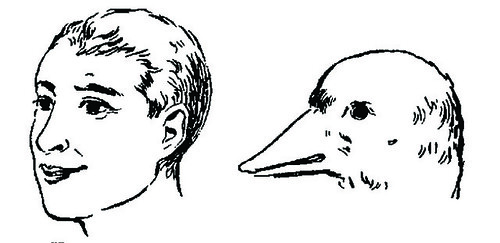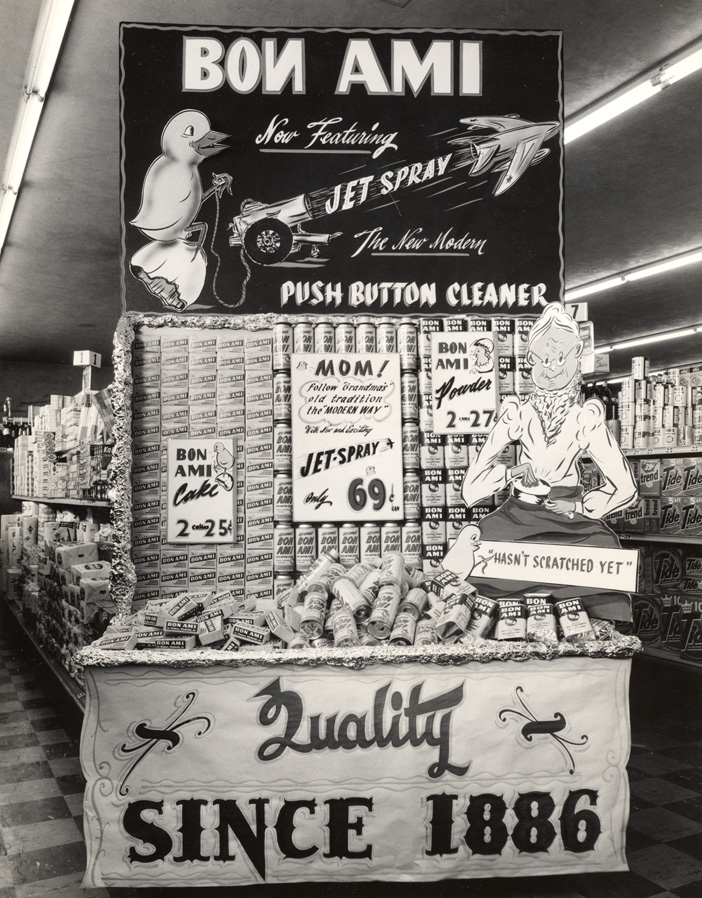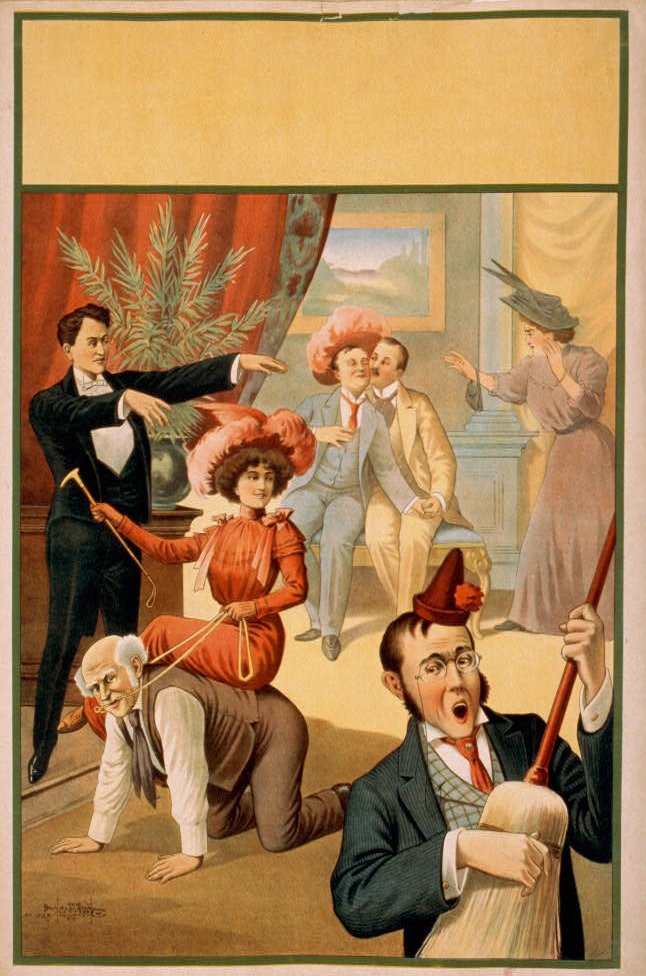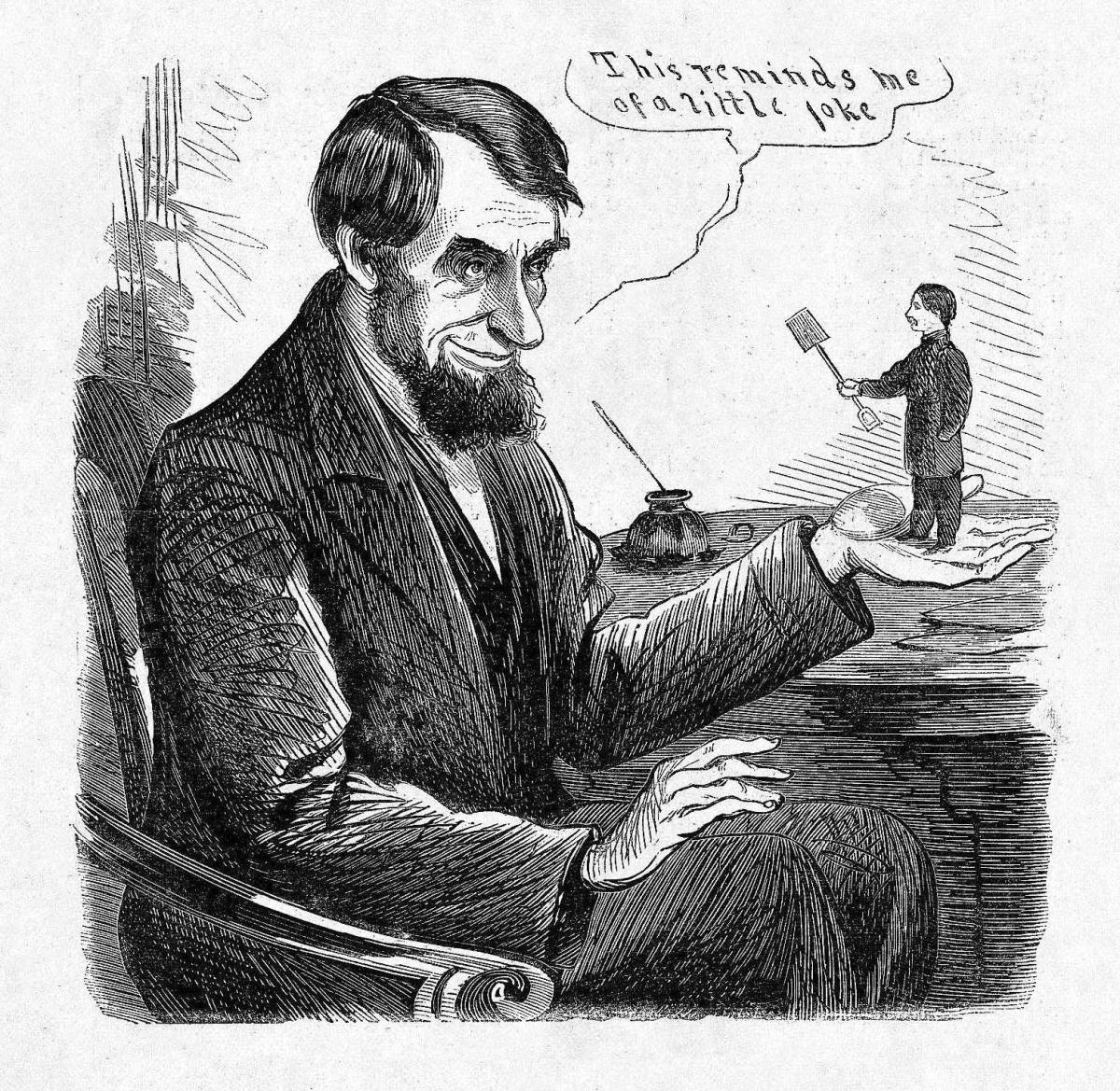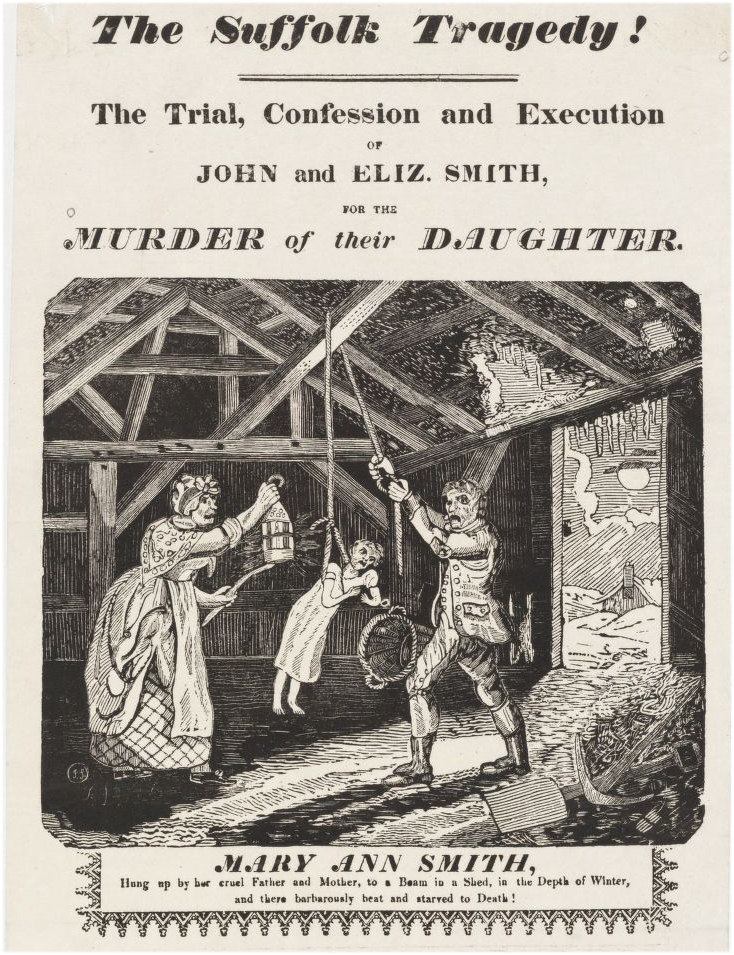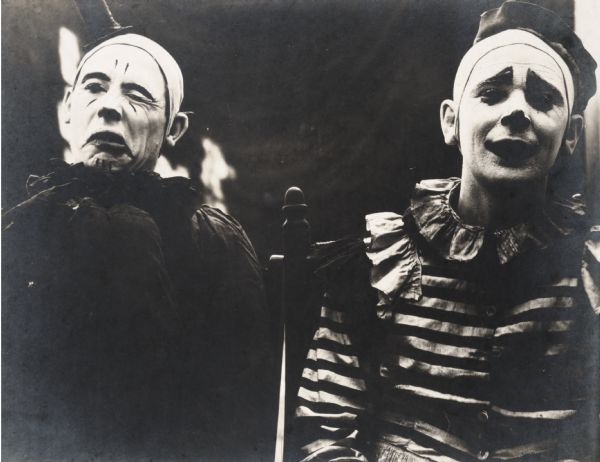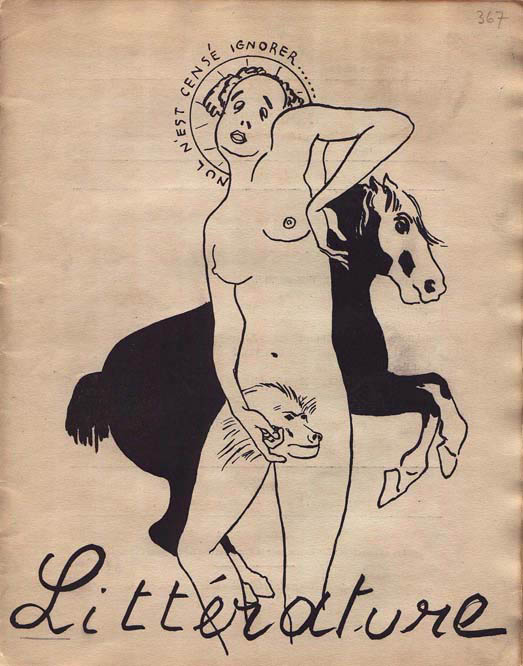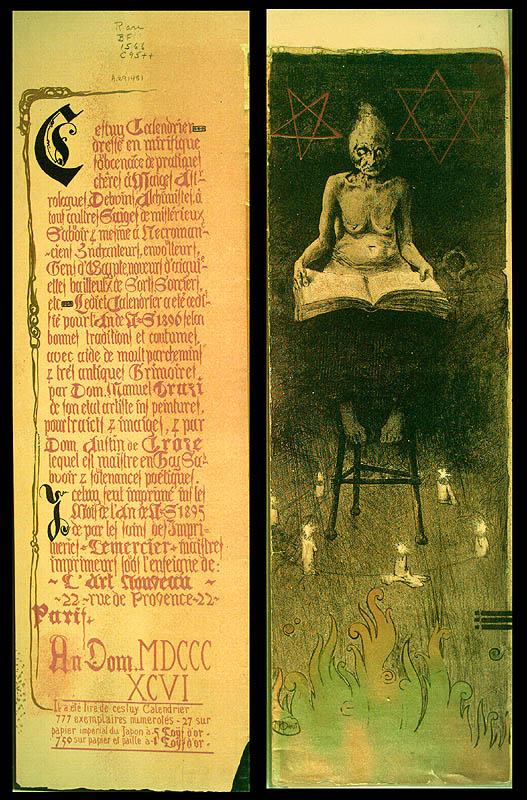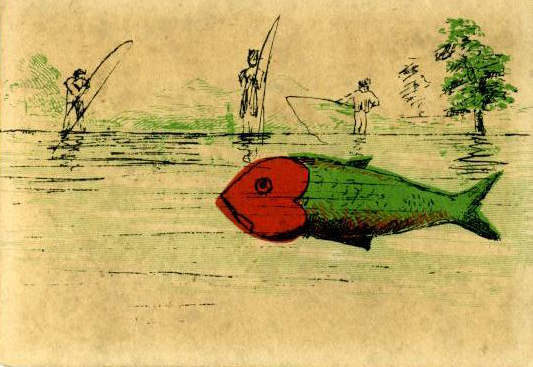
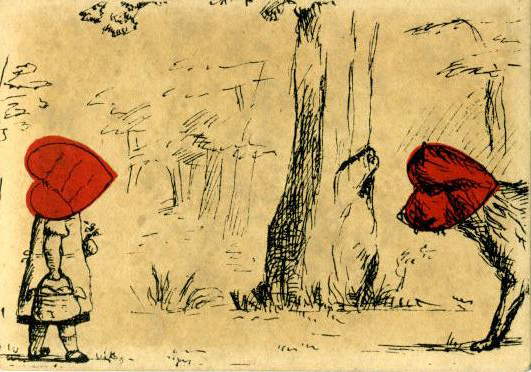



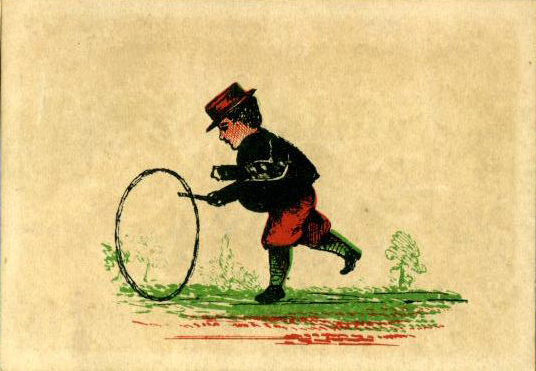
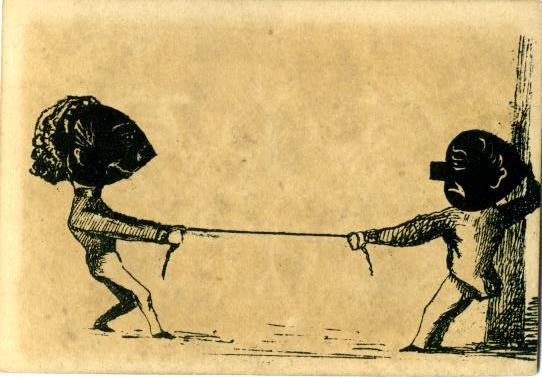

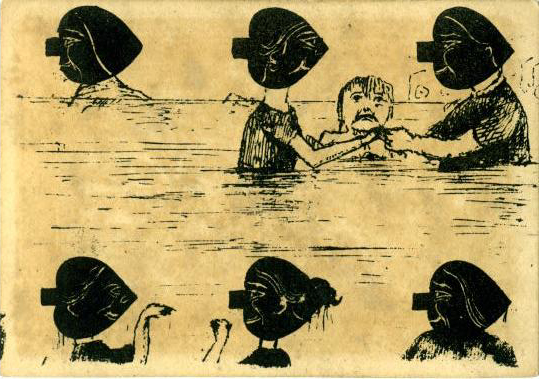
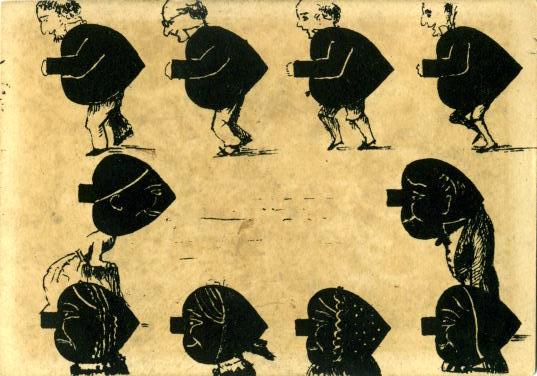


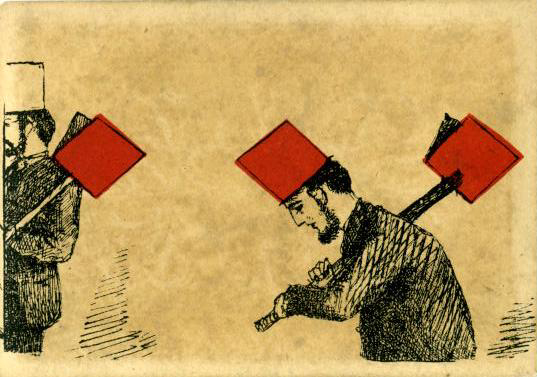
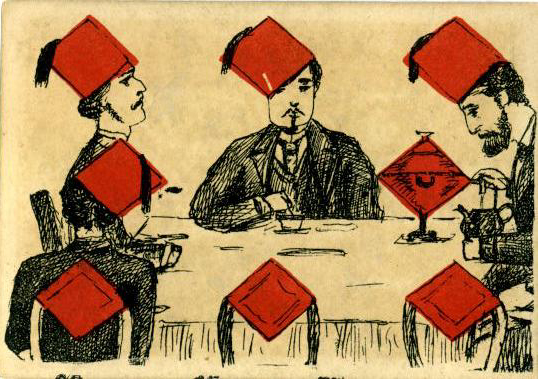
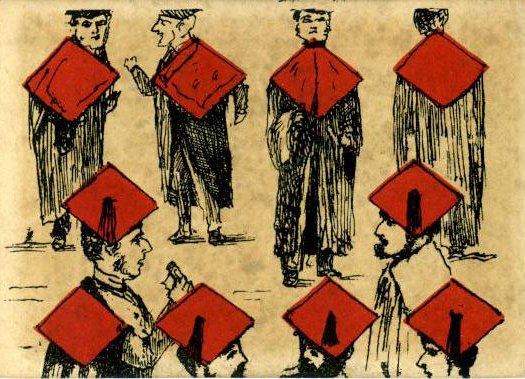
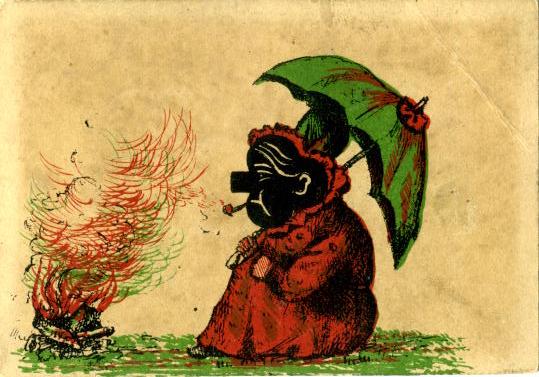
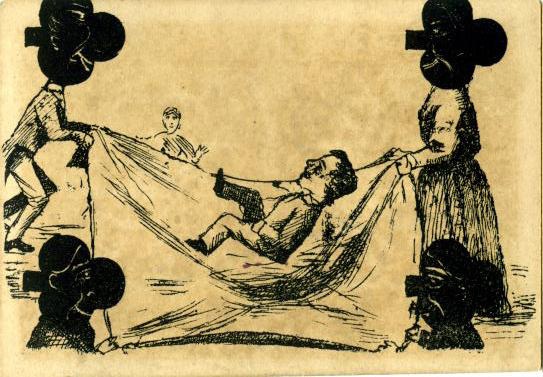
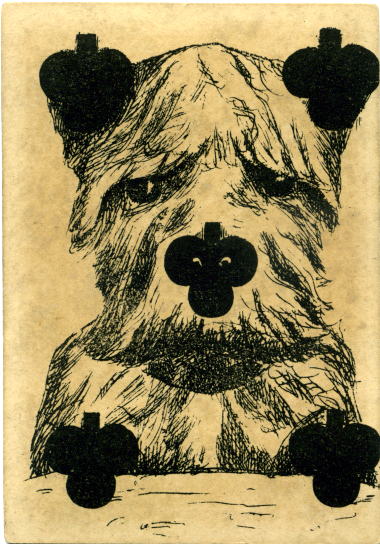
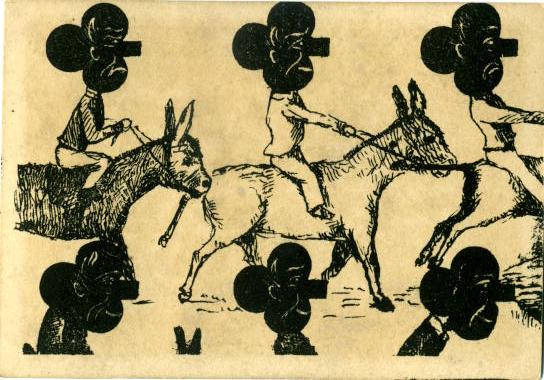
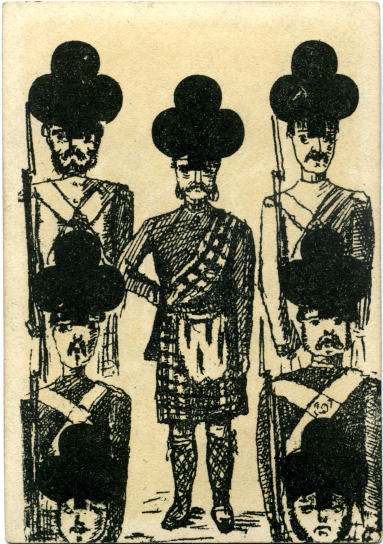
History of Playing Cards
The earliest authentic references to playing-cards in Europe date from 1377, but, despite their long history, it is only in recent decades that clues about their origins have begun to be understood. Cards must have been invented in China, where paper was invented. Even today some of the packs used in China have suits of coins and strings of coins - which Mah Jong players know as circles and bamboos (i.e. sticks). Cards entered Europe from the Islamic empire, where cups and swords were added as suit-symbols, as well as (non-figurative) court cards. It was in Europe that these were replaced by representations of courtly human beings: kings and their attendants - knights (on horseback) and foot-servants. To this day, packs of Italian playing-cards do not have queens - nor do packs in Spain, Germany and Switzerland (among others). There is evidence that Islamic cards also entered Spain, but it now seems likely that the modern cards which we call Spanish originated in France, ousting the early Arab-influenced designs. -International Playing-Card Society
-
this entire deck (along with many many more) can be viewed at Peter Endebrock's Playing-card Pages [link]
more playing cards at Yale's Cary Collection of Playing Cards online database [link]
more information on the history of playing cards at the International Playing-Card Society [link]









